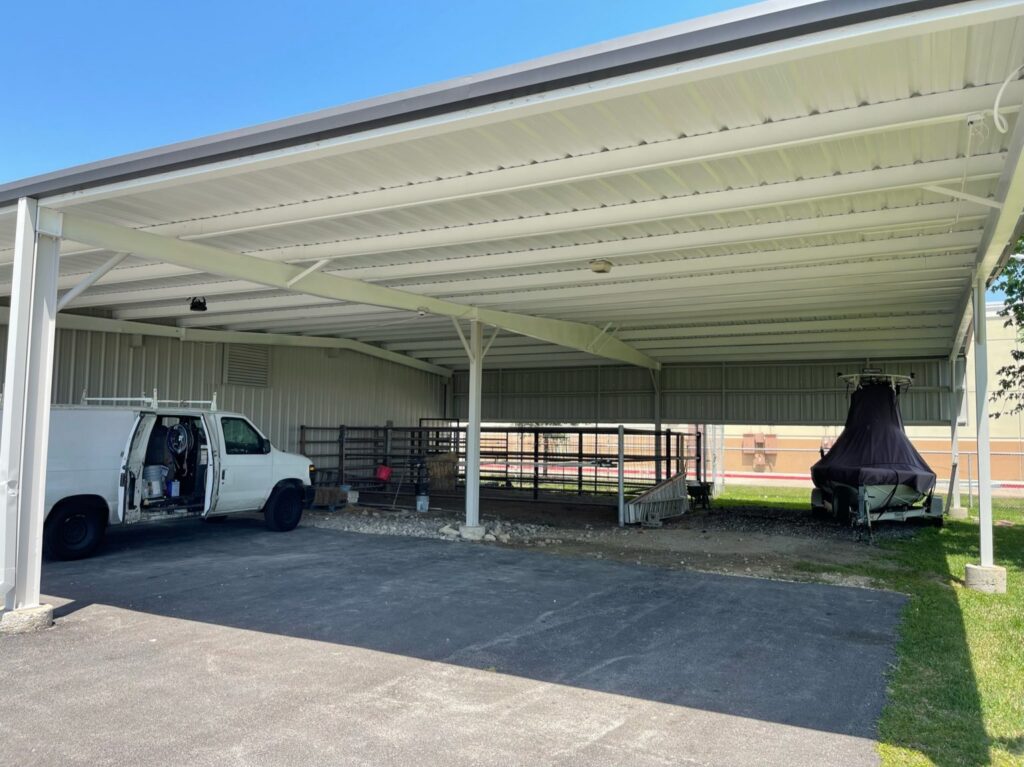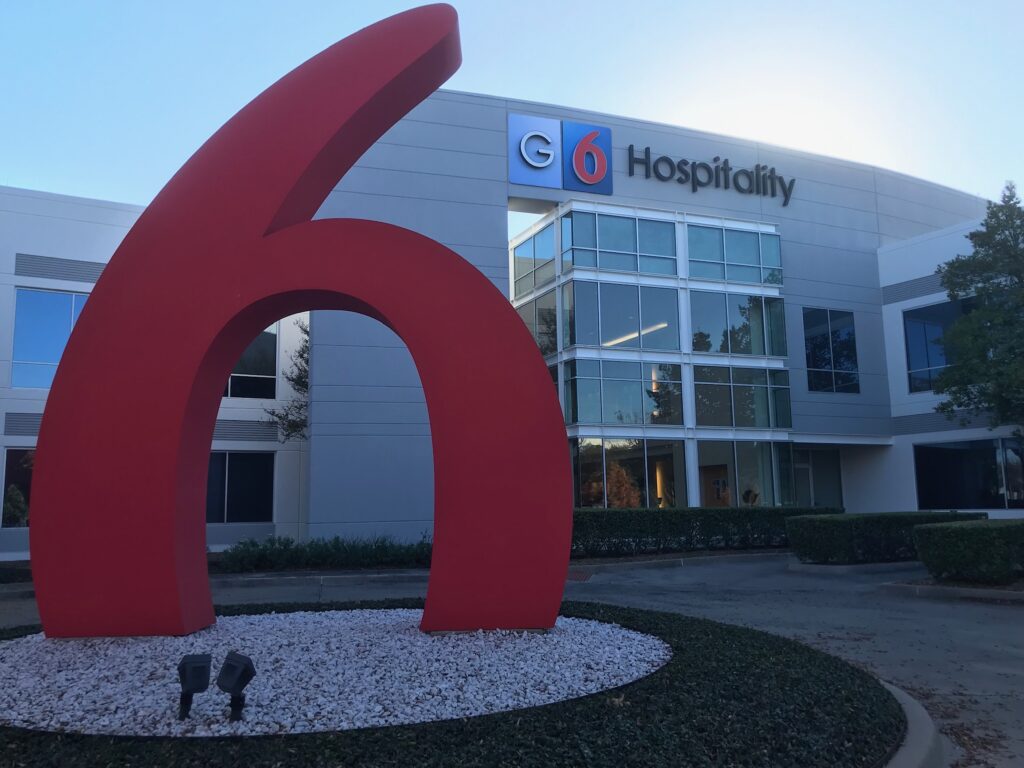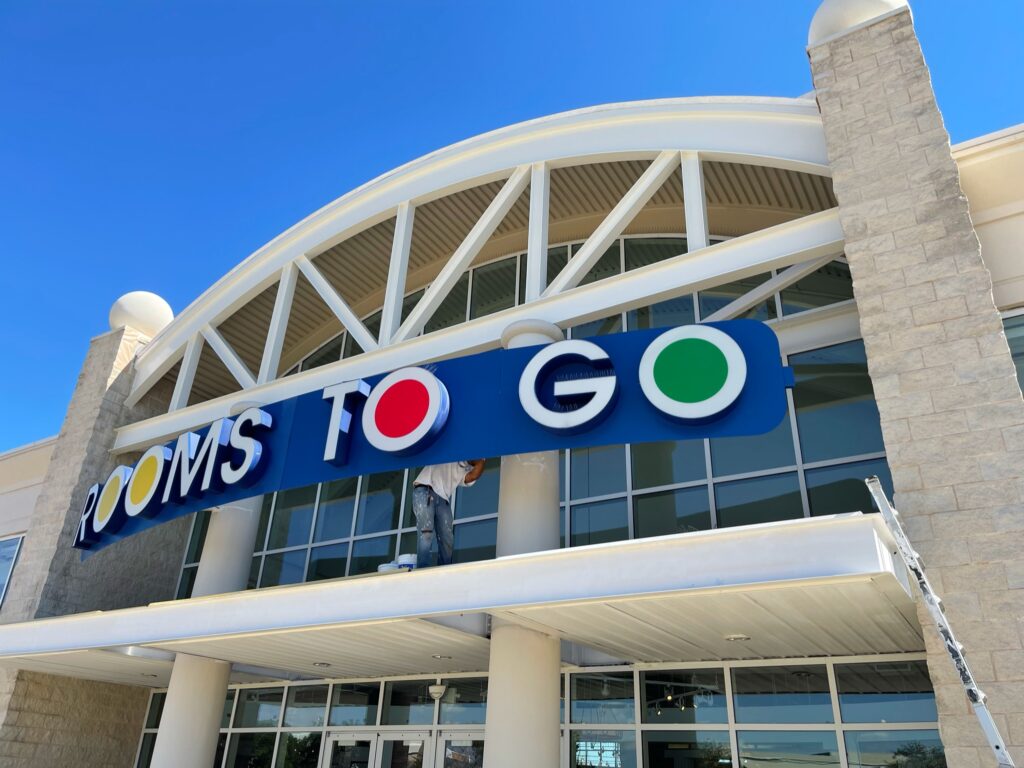When it comes to Professional Commercial Painting, the foundation of a stunning result lies in proper drywall finishing. This step can make or break the final appearance of your painted surfaces. Understanding the six levels of drywall finishing (0-5) will help you in achieving the desired outcome in different commercial spaces.
For property managers and building owners, grasping these concepts can lead to better decision-making and ultimately, more satisfied tenants and customers.
Drywall Finishing Levels Explained for Commercial Painting
Level 0: The Starting Point
Level 0 drywall finishing represents the most basic state, with untreated joints and unfilled screw holes. This level is typically seen in temporary construction or unfinished areas where aesthetics are not a priority. Painting over Level 0 drywall presents significant challenges, as visible seams and screw indentations will be prominent.
Level 1: Basic Fire Taping
Level 1 finishing involves taped joints with a single coat of joint compound. Its primary purpose is to provide fire resistance in plenum areas. However, the resulting surface is rough and uneven, making it unsuitable for visible areas in commercial settings.
Level 2: Rough Finish for Utility Spaces
Level 2 adds an extra coat of joint compound over the tape, creating a slightly smoother appearance than Level 1. This level is often used in garages, storage rooms, and other non-public areas. While it’s an improvement, Level 2 is still not ideal for most commercial painted surfaces, as paint can accentuate imperfections.
The Commercial Painting Standard: Levels 3 and 4
Level 3: The Minimum for Textured Finishes
Level 3 drywall finishing involves applying three coats of joint compound over tape, creating a surface suitable for heavy textured finishes or wall coverings. This level provides a noticeably smoother appearance compared to Level 2, making it a viable option for some commercial applications. However, it’s important to have proper lighting assessment when considering Level 3 finishes, as certain conditions may reveal subtle imperfections.
Level 4: The Industry Standard for Smooth Walls
Level 4 finishing takes smoothness a step further by adding a thin skim coat over the entire surface. This level is the most common choice for commercial spaces due to its ability to provide a smooth surface suitable for most paint finishes. The additional skim coat helps minimize visible joints and fasteners, resulting in a more polished appearance.
However, even Level 4 finishes can show some imperfections under certain lighting conditions, highlighting the importance of careful consideration for both lighting and paint selection. Despite these potential challenges, Level 4 remains the industry standard for smooth walls in commercial settings.
Level 5 Finish
The Ultimate Smooth Surface
Level 5 finish represents the pinnacle of drywall perfection. This meticulous process involves applying a thin skim coat over the entire surface, followed by careful sanding to achieve an ultra-smooth result. For high-end commercial spaces, Level 5 is the gold standard.
The smooth surface provided by Level 5 finishing creates an ideal canvas for painting. It eliminates virtually all surface imperfections, giving high quality results under any lighting condition. While Level 5 requires more labor and comes at a higher cost, the finish it delivers is unmatched in quality and appearance.
Common Pitfalls and Best Practices for Commercial Painting Drywall
Avoiding Costly Mistakes
When commercial painting drywall, “flashing” is a common issue that can ruin the final appearance. This occurs when areas of the wall reflect light differently, creating an uneven sheen. To prevent flashing, ensure proper surface preparation and use high-quality primers and paints.
Cutting corners with low-quality materials can lead to poor adhesion, uneven coverage, and premature fading. Invest in paints specifically formulated for commercial use. Additionally, allowing adequate drying time between coats aids in the result of a durable finish.
Temperature and humidity can affect paint application and drying times. Always follow manufacturer recommendations and adjust your painting schedule accordingly.
Making the Right Choice for Commercial Painting Your Space
The drywall finish you select will affect your property’s appearance and value. Investing in higher-quality finishes pays off in the long run, providing a polished look that impresses tenants and customers alike. For best results, consult experienced commercial painters who understand the nuances of commercial projects.




